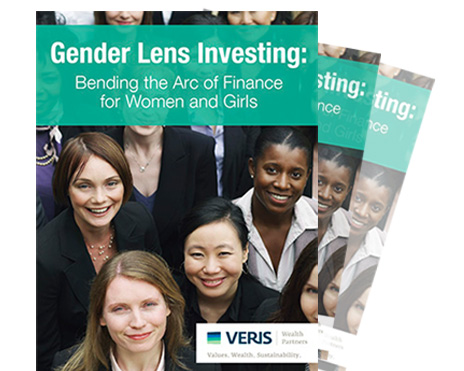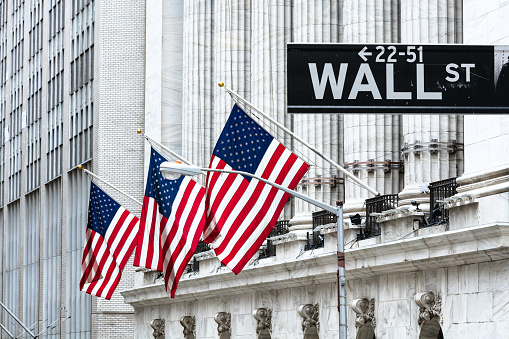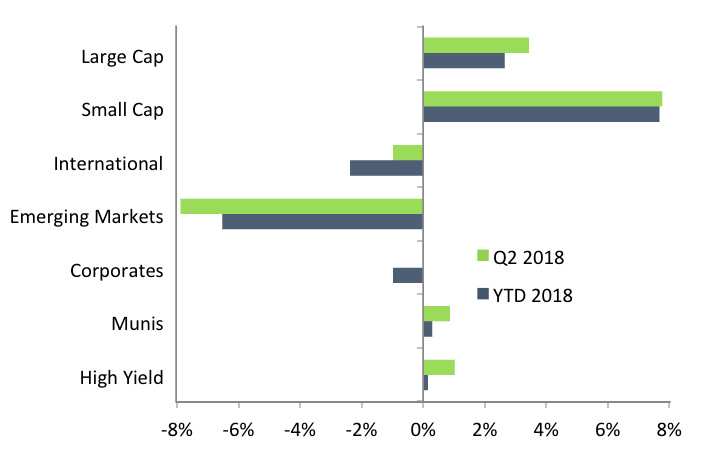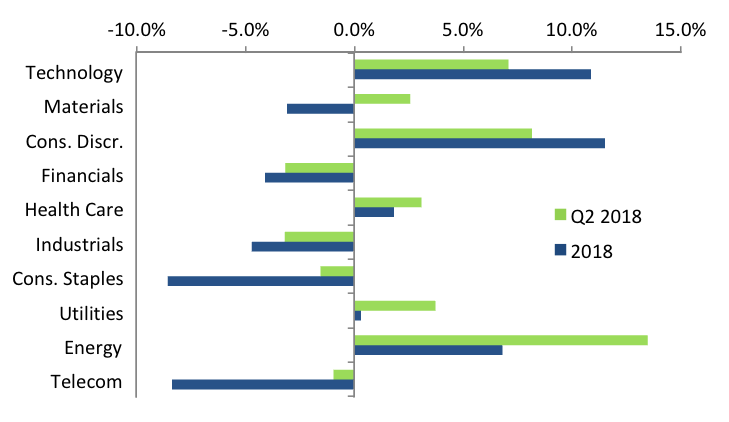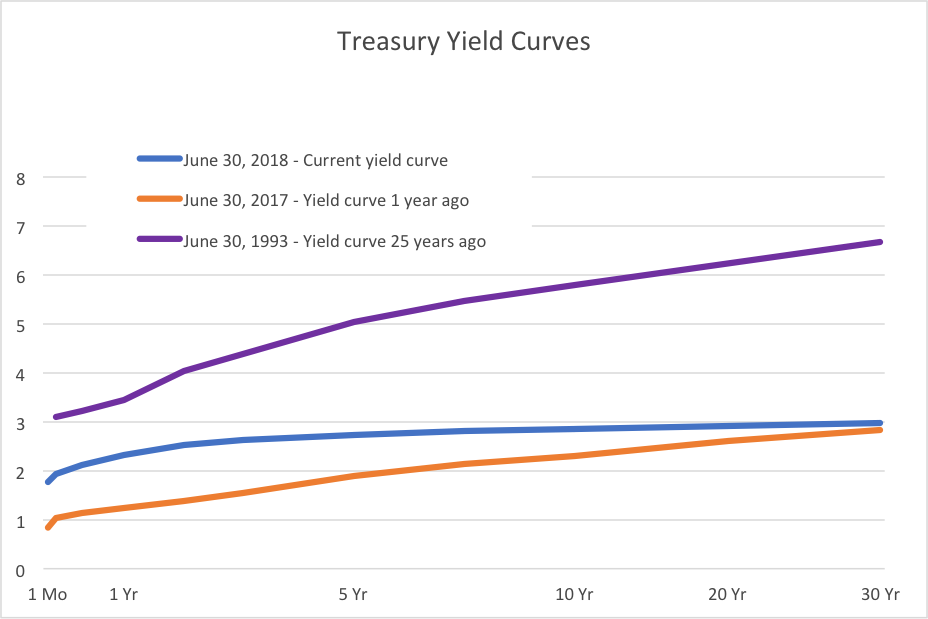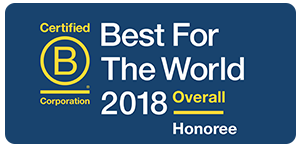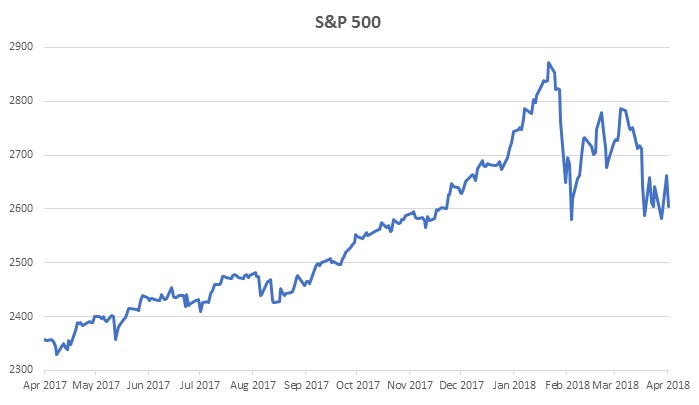Public Companies Are Driving Sustainability
By Anders Ferguson, Partner
Public companies committed to sustainable innovation are playing a growing role in transforming the global economy.
In the past year, we’ve seen this commitment translated into new thinking that is addressing climate change and the environment, while placing more emphasis on positively impacting the communities in which companies operate. Equally important, sustainability can lead to growing inclusion of wealth creation for investors, workers and partners.
The business case for sustainable business practices gets even stronger with each passing year.
A worldwide body of research indicates that operationalizing sustainability often makes companies more efficient in their supply chains and systems. The process typically involves the implementation of new technology and process improvements that enable companies to do more with less negative impact on the world.
As companies evolve, they frequently transform how they approach opportunities, solve problems and ultimately create value. In the words of sustainability leader William McDonough, these companies begin thinking in terms of “good design.”
That, in turn, stimulates creativity that can reduce the negative byproducts of their operations, such as pollution or environmental degradation. The interconnectedness of products, the environment, workers, stakeholders, customers, and financial success have a cumulative positive effect for individual companies and society as a whole.
A study by MIT Sloan Management Review and the Boston Consulting Group (BCG) found that the most successful sustainable companies articulate the positive impact sustainability has on their business.
The key message in this research: Sustainable business practices can uncover new revenue streams, reduce risk, power innovation and lead to better business models.
In another study, MIT and BCG found that when a manager’s compensation is aligned with sustainability – as it is at Unilever – the process multiplies. The study’s authors found that these companies typically look beyond product and focus on the economic, social, and political impacts of their brands and business.
The benefits of sustainability on a company’s brand are also significant. Brands today create at least 30% of total corporate market value. Brands communicate a company’s mission and story. When sustainability is an integral part of a company’s brand, significant new opportunities to connect with their customers and build “brand loyalty” can emerge.
At the same time, when executive-level officers, managers and employees buy-in to sustainability, new cultures and values can motivate and inform employee behavior and inspire innovation. This has a positive, self-reinforcing effect on all of a firm’s stakeholders. Consumers experience this via products that inspire and motivate our shopping habits: from electric cars to organic baby food to clean water.
We are seeing companies putting new focus on their labor practices and product design. Recently, Deloitte found that a company’s values are a key differentiator in recruiting and retaining employees, particularly in today’s full-employment economy.
This is especially true of younger professionals, who want to work for companies solving the world’s problems, not perpetuating them. Separately, McKinsey & Company found that many companies pursue sustainability because it is part of their corporate values and improves the health of their businesses over time. These companies often create executive-level sustainability positions with budgets to effectively implement these programs. Boards of Directors can play a critical role empowering the process.
Increasingly, investors view public companies committed to sustainability as potentially strong performers, while acknowledging the possibility of lowering risks. That’s because sustainability often includes technology investment and process improvements that strengthen their competitiveness. As a result, more capital is going to sustainable companies.
Companies in Veris’ portfolios are at different stages of integrating sustainable business practices. By taking a deeper look at these companies, we can see the important role that innovative public companies play in creating meaningful impact in the world. You can read more about these companies in our 3rd Annual Veris Impact Report.


